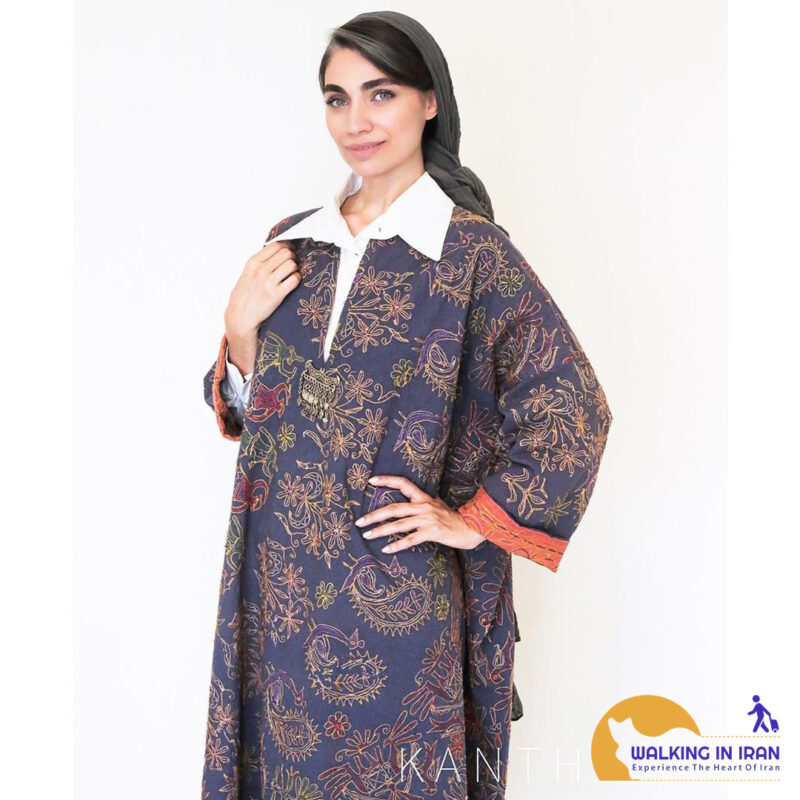Naghsh Embroidery: a delicate and ancient art in Iran
Embroidery is one of the very old and valuable handicrafts in Iran. In this art, by using needle and thread, beautiful and diverse designs are sewn on different fabrics. Embroidery in each region of Iran has its own characteristics according to the culture, climate and available raw materials.
Types of embroidery in Iran
As the cradle of civilization and art, Iran has introduced various types of embroidery to the world. Some of the most famous types of embroidery in Iran are:
- Patchwork: this original art of Kermani is sewn with geometric designs, flowers and slimy bushes on fabrics such as canvas and cotton.
- Bukhara embroidery: this art with Uzbek roots is sewn with geometric and floral designs on chalwar and motagal fabrics.
- Black embroidery: This type of embroidery is done using black thread on white fabric with simple geometric designs.
- Needlework: needlework is done in different regions of Iran with various designs and colors. Baluch needlework, Turkmen needlework and Momghan needlework are among its famous types.
- Cream embroidery: This art is done using colored threads and delicate designs on felt and wool fabrics.
Applications of embroidery
Embroidery has various uses in Iran. Among others, we can mention the following: - Dress decoration: local dresses, wedding dresses and formal dresses are decorated with embroidery.
- Decoration of home textiles: tablecloths, pillowcases, curtains and other home textiles are decorated with embroidery.
- Making handicrafts: bags, shoes, paintings and other handicrafts are produced using embroidery.
The importance of preserving and reviving embroidery
Embroidery as a valuable cultural heritage needs to be preserved and revived. Teaching this art to the young generation and supporting carving artists can help the sustainability and development of this art.
Factors affecting embroidery
Various factors have influenced embroidery in Iran, including: - Religion and people’s beliefs: Many embroidery designs show religious symbols and people’s beliefs.
- Climate and raw materials: the type of fabric, thread and colors used in embroidery have been influenced by the climate and raw materials available in each region.
- Historical events: historical and social events have also influenced the designs and symbols used in embroidery.


